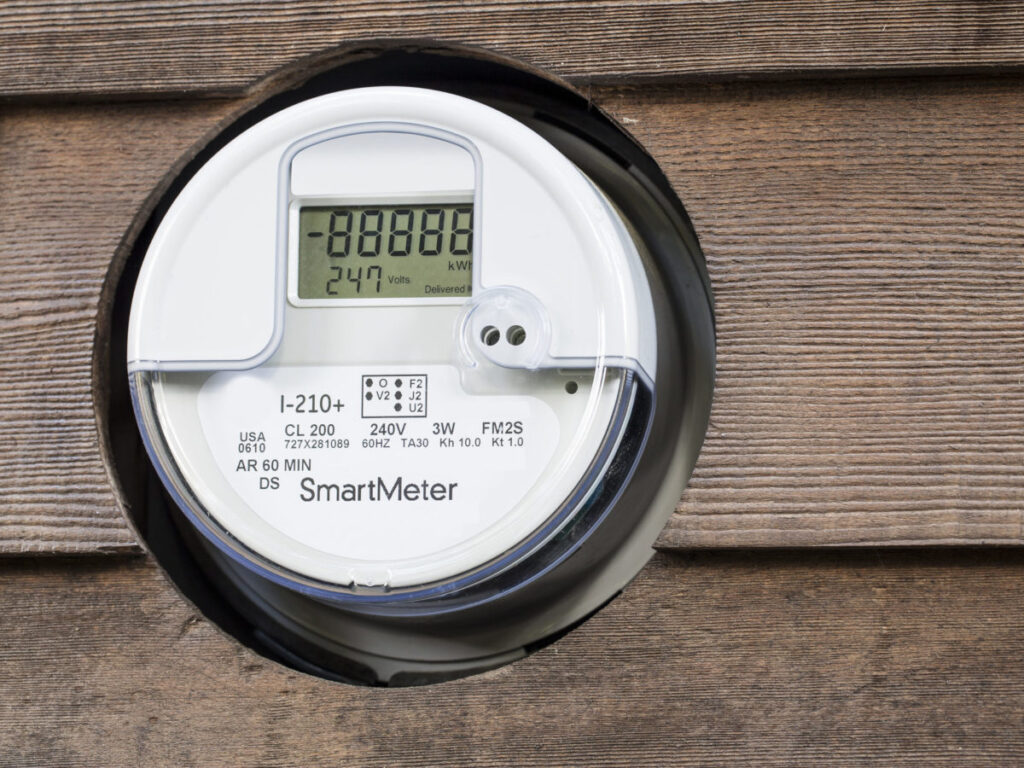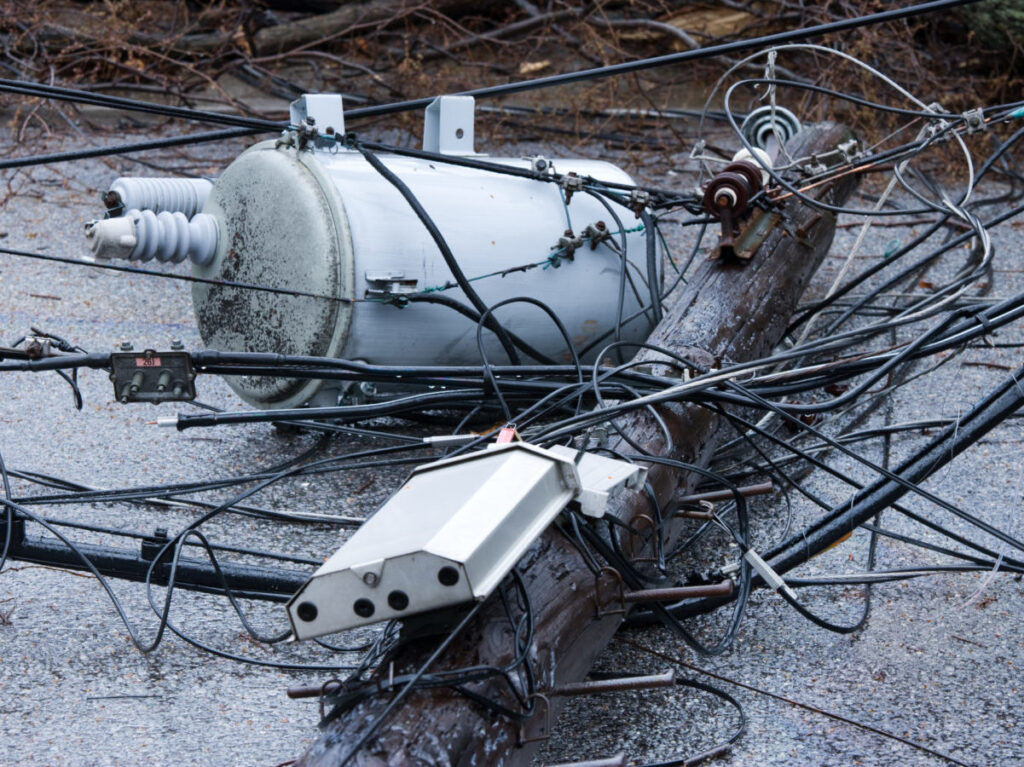Keeping Ahead of the Dark Side of Customer Engagement—Detecting Power Theft

Power theft (or energy diversion) is like an arms race, where the good guys are constantly seeking to stay ahead of the bad guys. In a recent filing a revealing spotlight was shined upon the multi-faceted relationship between power theft and the use of advanced analytics in diverse ways, including optimization of load management.
The filing was done jointly by Louisville Gas & Electric and Kentucky Utilities, who sought to gain approval from the Public Service Commission of the State of Kentucky for investment in a full deployment of an Advanced Metering System (AMS).
Rightfully, power theft is not the most popular topic for utilities to write about. For one thing, it is important to avoid giving any bad actors any new or better bad ideas, let alone provide any information that could give one of them even the slightest clue about how to avoid getting caught. And the LGE / KU filing with the state PSC adheres to these principles.
Definition and importance of “Non-technical losses”
The LGE/KU filing provides a helpful definition which puts distribution system losses in context: “Non-technical losses, by definition, are losses that are not accounted for and are, therefore, not subject to analytical measurement. Non-technical losses are simply the difference between the energy delivered to the distribution system and billed to end-users, less technical losses. Although there is agreement on the importance of non-technical losses, there is no firm data to define the level of losses on an industrywide basis.” (Page 330).
Advanced Analytics Impacted by Power Theft
The interplay between power theft and the use of advanced analytics to optimally model power flow on the distribution system is complex. As the report explains, unless power theft is addressed and mitigated and accounted for in load models, the accuracy of those models is liable to be compromised: “Non-Technical Loss Contribution to Technical Loss It is often overlooked that non-technical losses can be a contributing factor to technical loss because of improper load management. Improper load management can lead to overloading of conductors and transformers in the system causing higher losses. It can be argued that the distortion of load quantities caused by non-technical losses distorts computations for technical losses caused by existing loads, thereby rendering results ineffectual. Energy diversion is a major aggravating factor in this situation. Reducing non-technical losses may positively impact technical losses by mitigating congestion during periods of peak load when technical losses are particularly high.” (Page 329).
Touchpoints between advanced analytics and power diversion
As stated in the LGE/KU filing: “AMR I AMI tamper indications are analyzed with detailed consumption data, outage information, tickets from work order systems, and numerous external demographics. Advanced analytics are used to establish baseline patterns and profiles for customer accounts. Outliers can easily be identified and followed-up according to procedures established by the revenue assurance department. For example, at NSTAR, revenue protection billings increased more than 130 percent, while the cost per case processed decreased by 25 percent. The improvement was due to leveraging the lead generation partnership and streamlining the process with automated reports, fewer handoffs and triage of theft cases. Reducing Revenue Leakage, Penni McLean-Conner, NSTAR. Electric Light & Power, July 2007.
Examples of Reports Using AMR/AMI Data
- An “unplanned outage” report spotlights accounts with more than 10 outages in 30 days. About 40 percent of PECO’s theft detection stems from this report.
- A “billing window” report detects meters turned on or off close to the billing period, indicating attempts to force low-balled estimates or pay for only a few days’ worth of consumption. This report pinpoints around 35 percent of the utility’s theft.
- A “reversed meter” report finds power-out and power-up messages that occur in quick succession if the customer unplugs the meter, then plugs it in upside down to make the register run backward. About 20 percent of PECO’s theft shows up via this report. (Source: Deputizing Your Data: AMI for Revenue Protection, by Betsy Loeff)
“To be effective, tamper indicators must be filtered to spot trends and provide reliable comparisons. Blink counts and outage flags must be compared against neighbors. Regular meter work, emergency work, maintenance, and repair work must be backed out of data on meter tilts, removals, and power outages. In other words, a system solution is required for these features to be utilized effectively by revenue protection departments.” (Page 380).
Impact of AMI on Testing and Diagnostics
Since AMI systems allow the reduction or elimination of meter service personnel and on-site visits, remote diagnostics are used to replace the meter reader’s “eyes in the field.” Diagnostic features located in the meter typically provide measurements of parameters such as the following: (Page 381).
- Polarity
- Voltage deviation
- Inactive phase current
- Phase angle displacement
- Current imbalance
- Reverse energy
The full 826 filing by LGE / KU is at this link: Case No. 2018-00005





